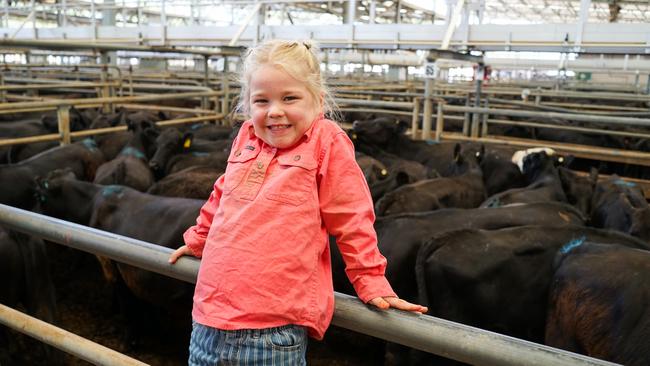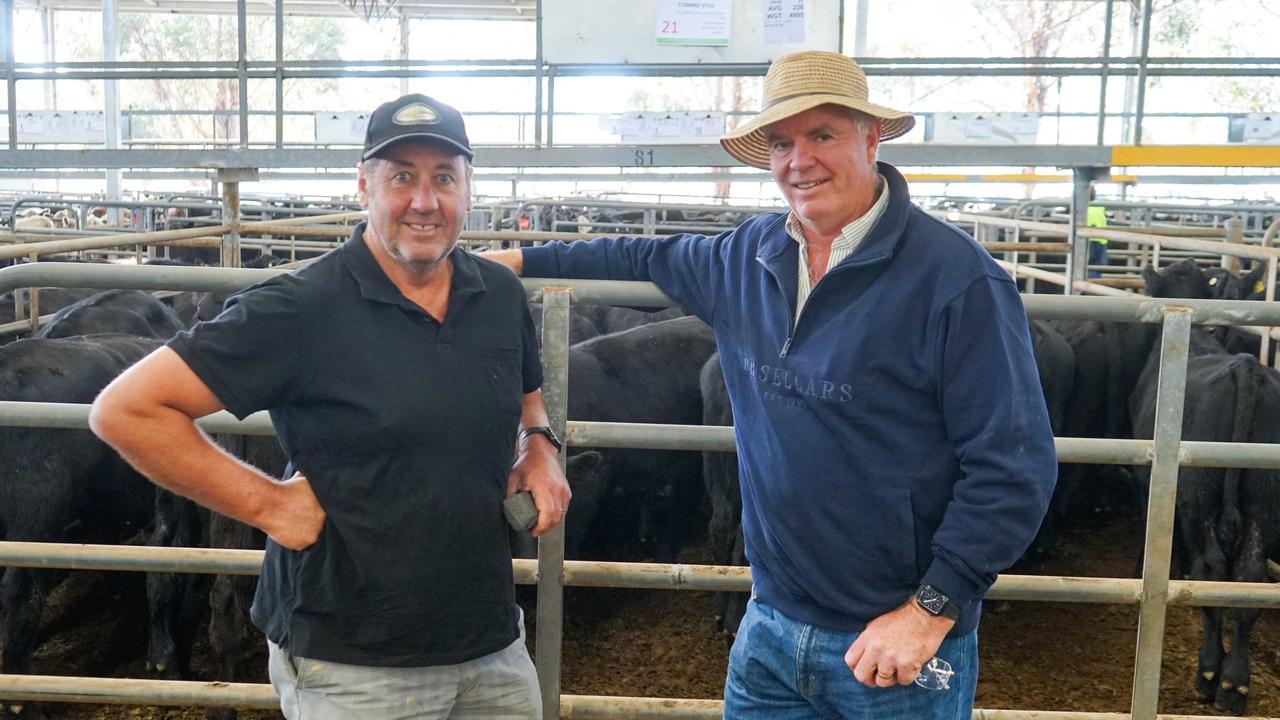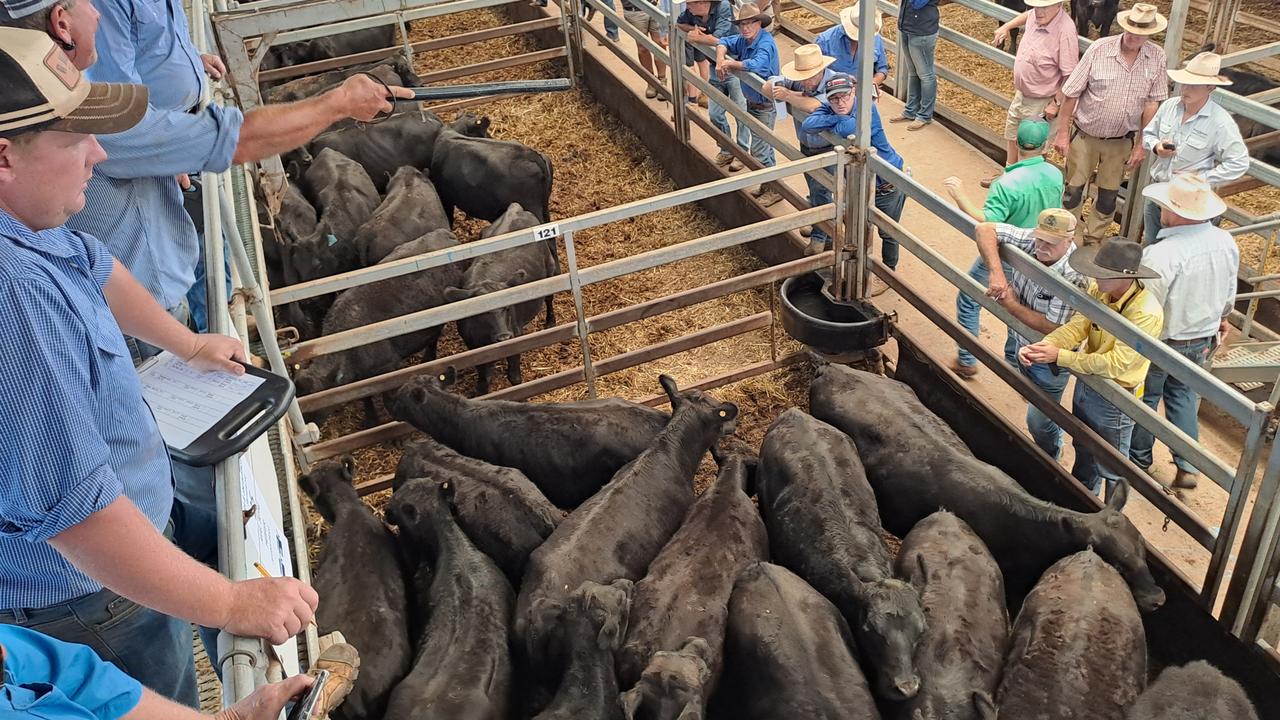Wangaratta breaks 5500 cattle, as vendors hope for price rise
Wangaratta saleyards has drawn 5500 cattle at its blue ribbon sale on Friday. See the prices, photos and vendors’ commentary.
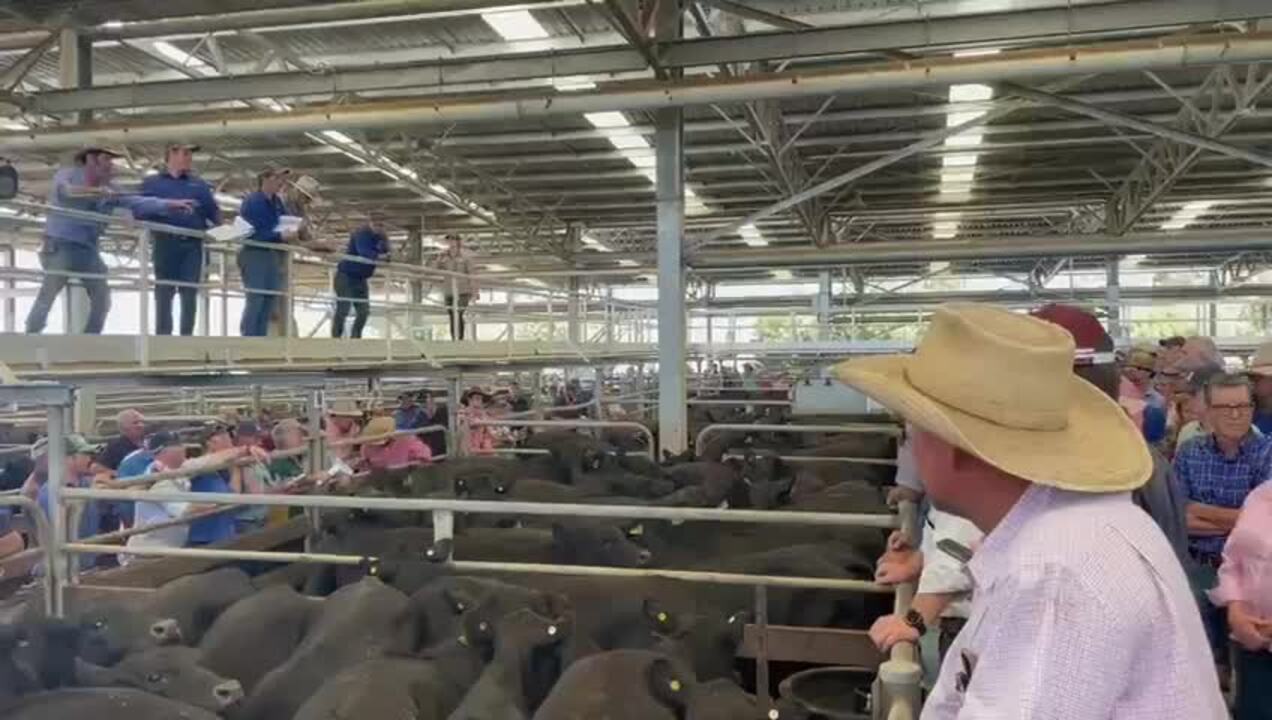
Wangaratta saleyards has been filled to the brim at its premier weaner sale on Friday while vendors hope for prices to rise.
Livestock agents yarded 5500 cattle at the Premier Wangaratta Blue Ribbon Weaner and Grown Cattle Sale on Friday, which was hosted by Corcoran Parker for the first time as stand-alone facilitators.
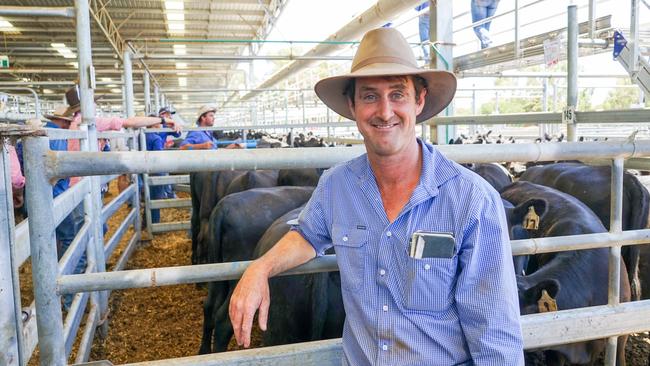
Corcoran Parker director Justin Keane said he believed the prices were slightly better than 2024, which had about 3800 cattle across two sales.
“Seasonal conditions, it’s been a tight enough start to the year so people have had to keep selling a few. The money is okay, and it’s a long time until next spring here so they were keen to keep it rolling,” he said.
“We probably drew from a larger area, which stimulated a bit of growth there.”
He said the quality was very good, and the weaners offered were “as good as you’d get”.
Mr Keane said the major buyers were predominantly local and northern, with Emms Mooney, from Bathurst, NSW, and commission buyer Andrew Lowe.
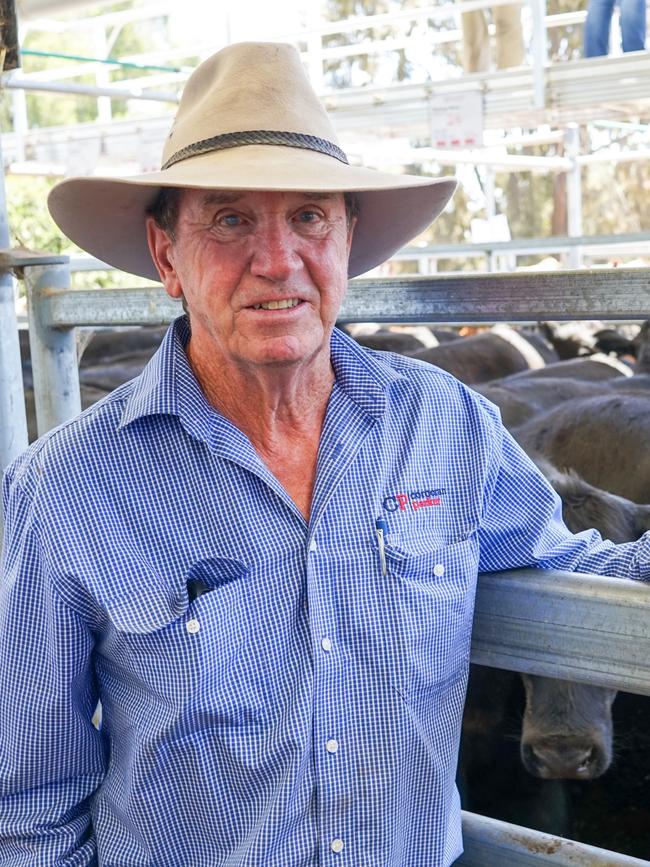
Corcoran Parker partner Kevin Corcoran secured about 300 cattle for local clients, but estimated the business had collectively bought about 2000.
He said the cattle mostly moved locally.
“They’re looking for replacement steers, the bullock fatteners in our region,” he said.
“A couple of other guys do a grass fattening program on lighter heifers, for a full 12 months to bring them into 500kg beautiful bodies of meat.”
He said the sale had a cheaper trend like other sales over the past two weeks, which a “huge storm event” might have changed.
“It’s very dry right from the Murrumbidgee River in central NSW, right through to the bottom of Victoria,” he said.
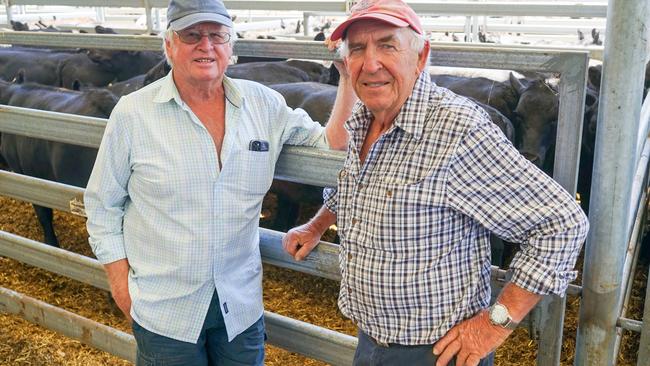
Anthony Bailey, from Tatong, had 66 Angus cattle offered at Wangaratta. He said the best of the steers, which weighed 361kg, were $1420 393c/kg.
“We got less than what we’d hoped to get,” he said.
“We finished them off on mostly hay. (The year) wasn’t as good as the year before, it didn’t get as wet, and it dried off towards the end of the year.”
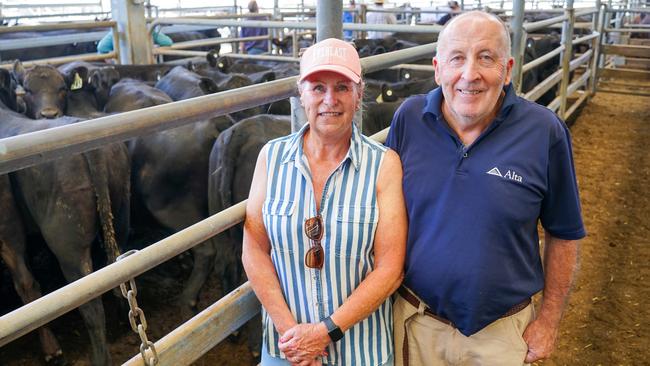
Tony Simpson, from Docker, said he was happy with his cattle condition after a tough year. He sold 50 steers in January, and their second draft of heifers at Wangaratta on Friday.
“We had below average rainfall, but we had a couple of rain events at the right time, we ended up getting an okay spring,” he said.
“As always, it can always be better.”
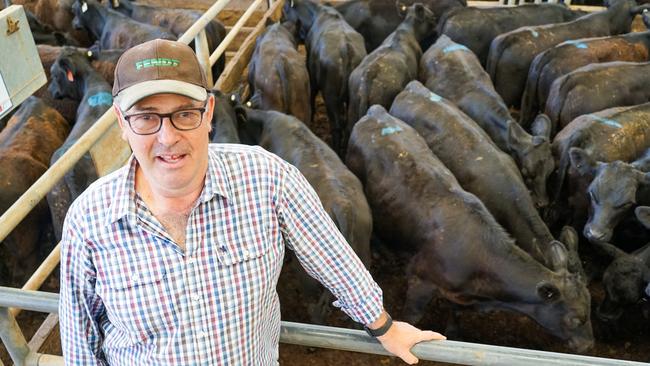
Kenleigh Paul, from Gapsted, had sold at Wangaratta every year. He was a fourth-generation farmer, but first-generation beef cattle farmer.
“I improved my feed regime so it’s better this year. I used silage, I made my own silage,” he said.
“It’s the first time I’ve ever done it [cut hay and silage].”
He said he planned to use it each year, after seeing the “proof in the pudding”.
“The prices are better than nothing. I’d like some more rain,” he said.
Steer prices included TGL@NEDS, Molyullah, 27 Angus, Rennylea and Ardrossan blood, 411kg, for $1610 (391c/kg), MG Neilson, Sandy Creek, 22 Angus, 13 months, Alpine Angus blood, 388kg, $1575 (406c/kg), and Tumbling T, Eurugabah Station, Booligal NSW, 20 Angus, 9-10 months, 422kg, $1610 (381c/kg).
Meanwhile, heifer prices included A & K Bryant, Tallangatta, 30 Angus, 18-20 months, Dunoon and Alpine Angus blood, 470kg, $1560 (331c/kg), and J & E McNamara, Jingellic NSW, 28 Angus, 16-17 months, 438kg, $1460 (333c/kg) and 22 Angus, 403kg, for $1410 (349c/kg).
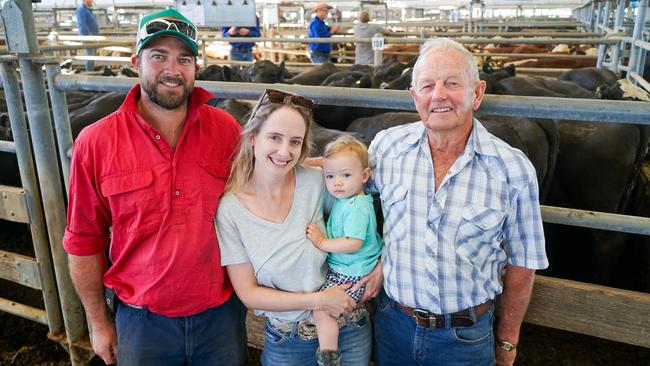
Glenn Chalwell, from Bowmans Forest, sold 34 Angus and Black Baldys heifers. They made $1200.
They managed 450 breeders, and often sold at Myrtleford in March.
“I was expecting more. Our property here, we had a bad time last year and it was a very tough year. If we get our autumn break we’ll be right,” he said.
“At the moment we’re carrying a lot of cattle and we have to keep moving them so we need to take what’s available at the time.
“We always want a bit more because our costs on running the farm now are so great we need to get top money, but I suppose it’s how it is.”
He said the past couple of years they had held onto cattle, with a fattening program as well, but aimed to sell more store cattle than fat cattle.
“It was the worst autumn and winter I’ve ever experienced on the farm,” he said.
More Coverage
